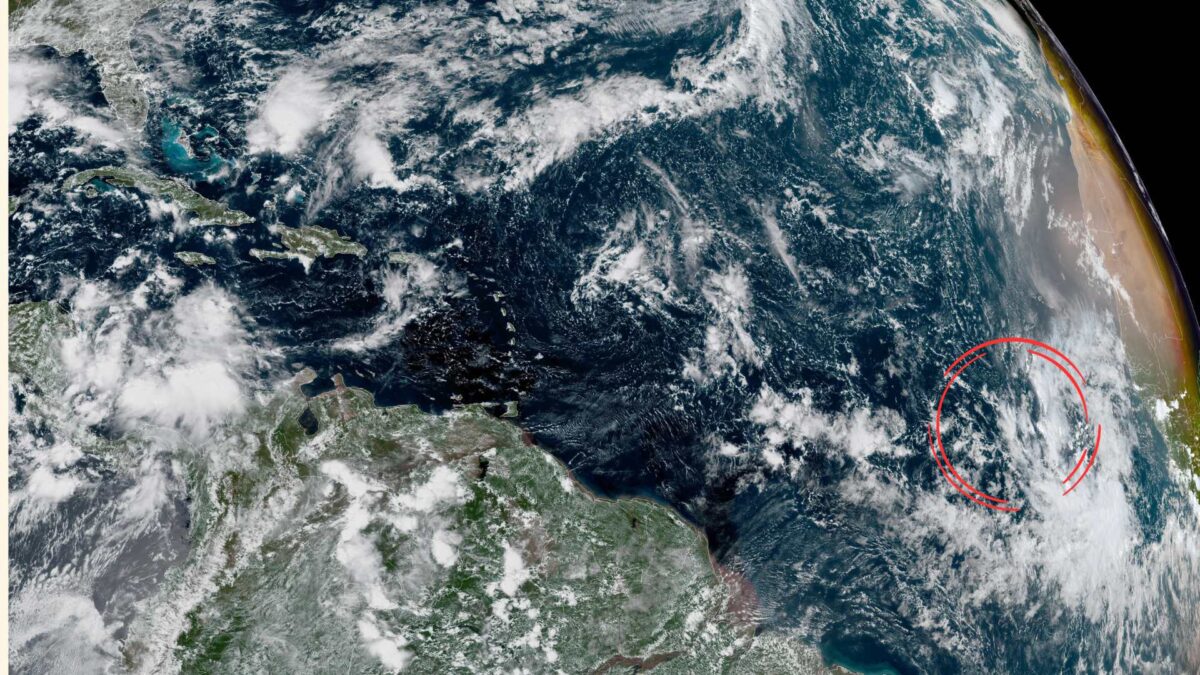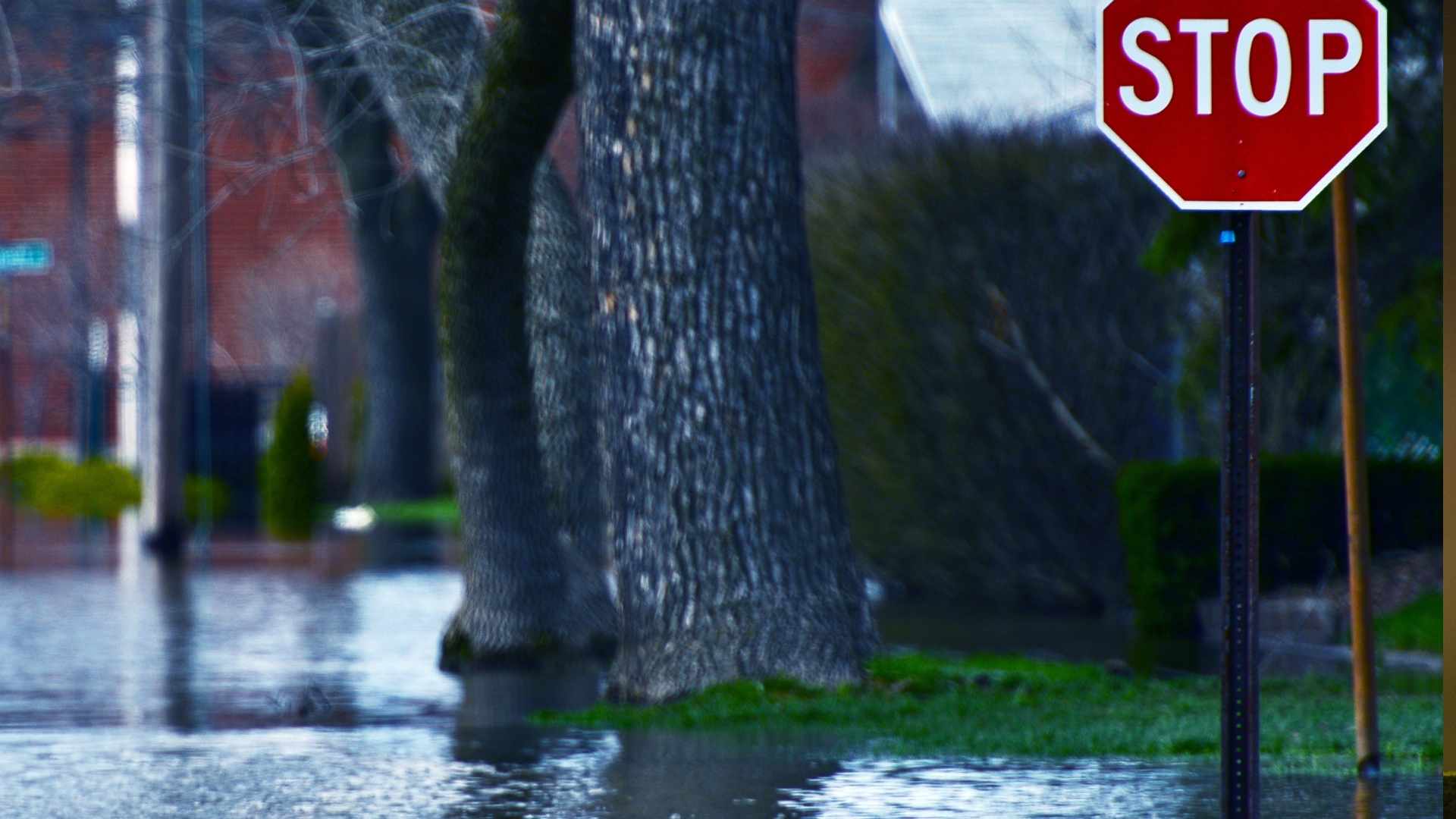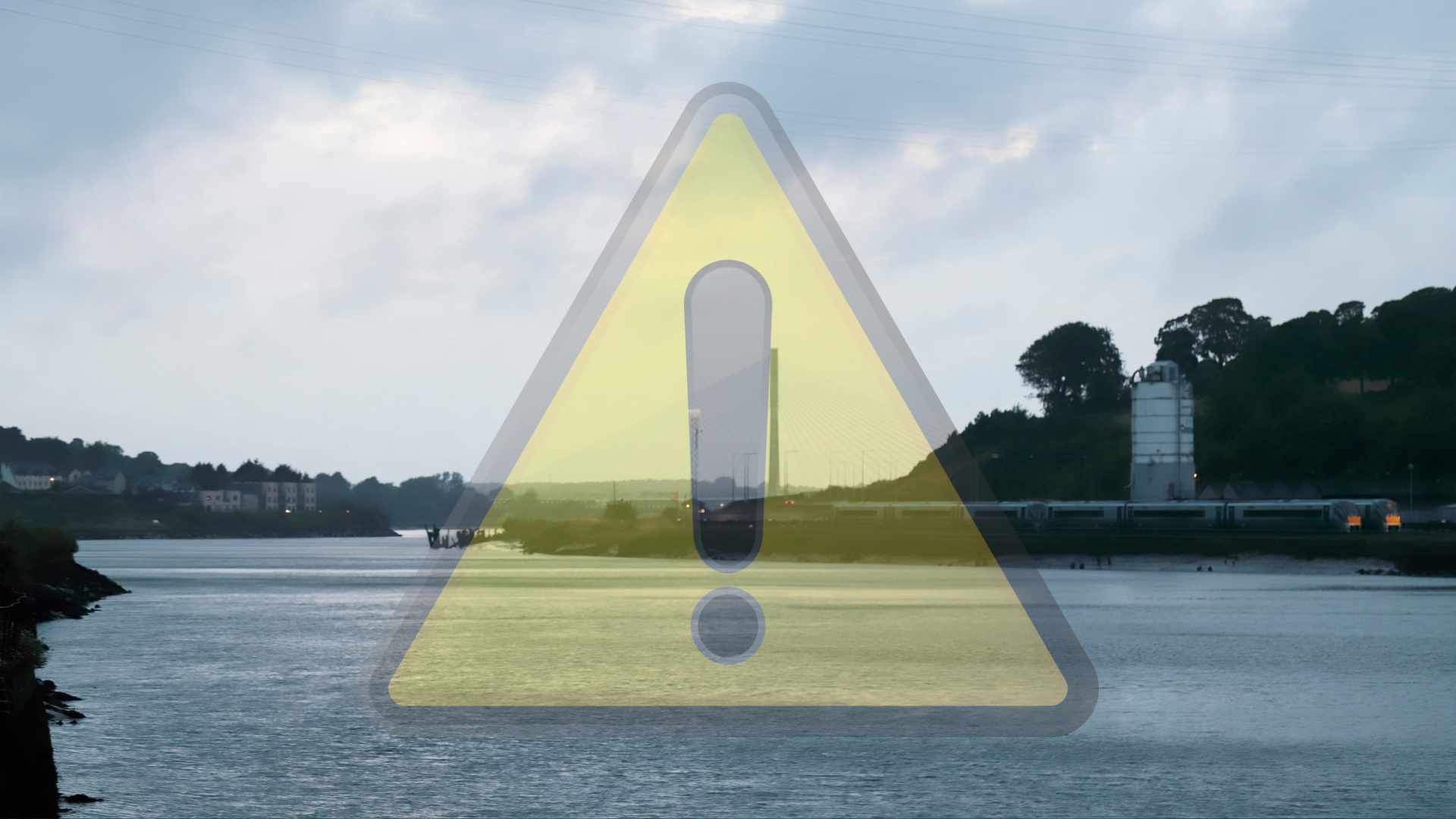
Growing confidence that new Atlantic storm could form

The National Hurricane Center (NHC) has increased the likelihood of a tropical wave in the Atlantic developing into a storm, with forecasters now giving it a 60 per cent chance of formation within the next seven days. That is up from 30 per cent on Friday, reflecting growing confidence in the system’s gradual organisation.
The disturbance, a broad area of low pressure, is located several hundred miles south of the Cabo Verde Islands and is moving westward across the tropical Atlantic. Satellite data suggest the wave is beginning to consolidate, and conditions ahead appear conducive for further development.
The NHC says a tropical depression could form by the middle to latter part of next week as the system approaches the central Atlantic and edges closer to the Leeward Islands. In the short term, the probability of development remains low, at 10 per cent over the next 48 hours.
While still days away from the Caribbean, residents in the Leeward Islands and surrounding areas are advised to monitor updates closely as the system tracks westward.
The 2025 Atlantic hurricane season, which began on June 1, has already produced nine named storms, four of which strengthened into hurricanes. Remarkably, three reached major hurricane status (Category 3 or stronger), making this the first season since 1935 in which the opening trio of hurricanes all achieved such intensity.
The Accumulated Cyclone Energy (ACE) index, a measure of storm duration and intensity, currently stands at around 92 units. This indicates above-average activity for early October.
Notable Storms of 2025
- Hurricane Erin (August 11): The strongest storm of the season to date, Erin explosively intensified into a Category 5 hurricane, with peak winds of 140 mph. It tore through the Leeward Islands, Puerto Rico and Hispaniola before brushing the U.S. East Coast. Erin left a trail of devastation, with more than 12 people confirmed dead and five missing.
- Hurricane Gabrielle (September 17): Reaching Category 4 strength, Gabrielle swept across Bermuda, the Azores and parts of Iberia. Damage included widespread power outages, toppled trees and structural damage, although no fatalities were reported. The storm later transitioned into an extratropical system that brought rain and gale-force winds to the UK and western Europe.
- Hurricane Humberto (September 24): Another Category 5 storm, Humberto merged with the jet stream and evolved into extratropical Storm Amy. Even after losing its tropical status, the system drove dangerous swells and rip currents across the Caribbean, Bermuda and the U.S. East Coast.
- Hurricane Imelda (September 27): Striking Bermuda on October 1 as a Category 2 hurricane, Imelda brought hurricane-force winds, flooding rains and destructive waves, knocking out power and submerging roads. The storm’s moisture also fuelled deadly flooding in eastern Cuba, killing two people and forcing more than 18,000 to evacuate.








